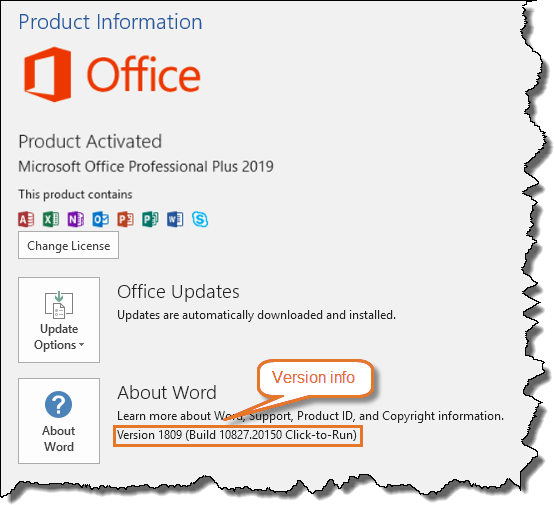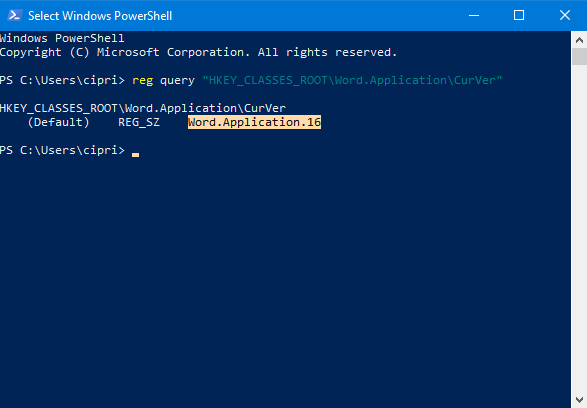

The Account Settings dialog box will appear.
/outlookscreenshot-faa47bee52194249bad1bd303360f32e.jpg)
What if you are an advanced user of Outlook and had been using Outlook 2010 for quite some time? Then definitely, steps to be followed must be different:
#HOW TO KNOW OUTLOOK VERSION OFFLINE#
Now click Advanced tab to click Offline Folder File Settings.Hit the More Settings and a dialog box will appear.Select MS Exchange Server followed by clicking ‘Change’ in ‘Change E-mail Account’.Click Tools -> Account Settings -> select Emails.Locating OST files in Outlook 2007 follows different path: Hit the Offline Folder File Settings and here the location of OST file will appear.ĭue to some technical issues in old Outlook versions and some advancement in the newer version, most of the professionals have started using MS Outlook 2007.Now, click on More Settings and again a dialog box will appear. Click Microsoft Exchange Button followed by Change button.Make selection of Microsoft Exchange Account followed by clicking the View button.Access Outlook 2003 platform followed by Tools -> Email Accounts.For Outlook 2003 and prior versions users

Here are the steps that clearly mention the OST file location in different versions of Outlook. The location of OST files differs with Outlook version being used by the user. Locating OST files in different Outlook Versions Microsoft Outlook users can locate OST file in all MS Outlook versions manually using its Account Settings feature. However, the condition applied is – ‘The location of OST file may differ with MS Outlook version being used’.Ĭ:\Documents and Settings\Local Settings\Application Data\Microsoft\Outlook So, the abrupt response to any user for such question is – Yes, it is quite easy to locate the OST files and make the necessary changes. Is it really very easy to do? This question strikes the mind of the user whenever user thinks to locate the OST files. When Exchange Server is unavailable or under maintenance.When OST file to PST file conversion is required.When OST file is outdated and a new one is required to be created.When there is need to change the OST file location due to storage problems.When OST file backup is required (in non-availability of Import/Export wizard).The possible situations or scenarios where the Outlook user feels the need to find the exact OST file location are: Why does one need to find the OST file location? In the meantime, to look for the concerned OST file, the naive users tend to delete the real files instead of obsolete. When such situation arrives, at that point the user starts looking for the possible location where the concerned OST file could be found. Sometimes users are so skeptical about it that they don’t wish to access OST files unless it is very much needed in the eleventh hour.
#HOW TO KNOW OUTLOOK VERSION HOW TO#
But specifically where and how to access them becomes a question of grave concern. OST files are located in the user’s system.


 0 kommentar(er)
0 kommentar(er)
